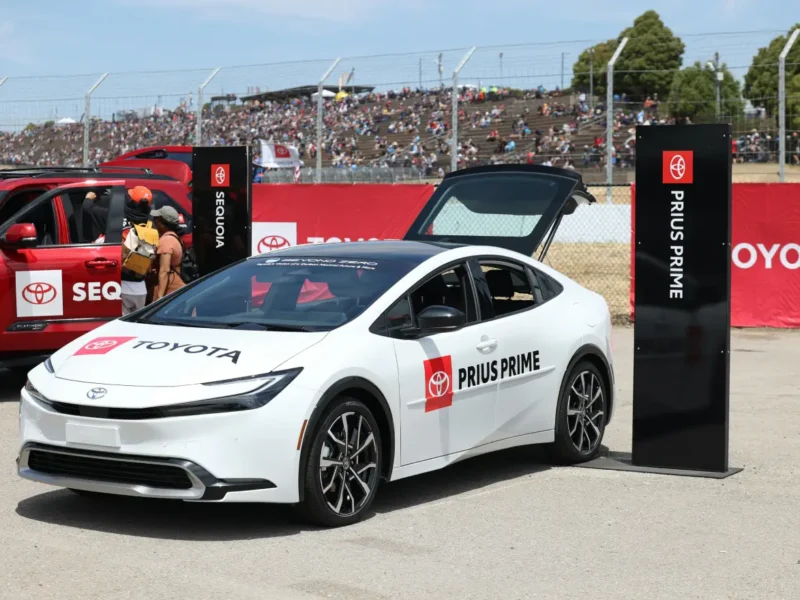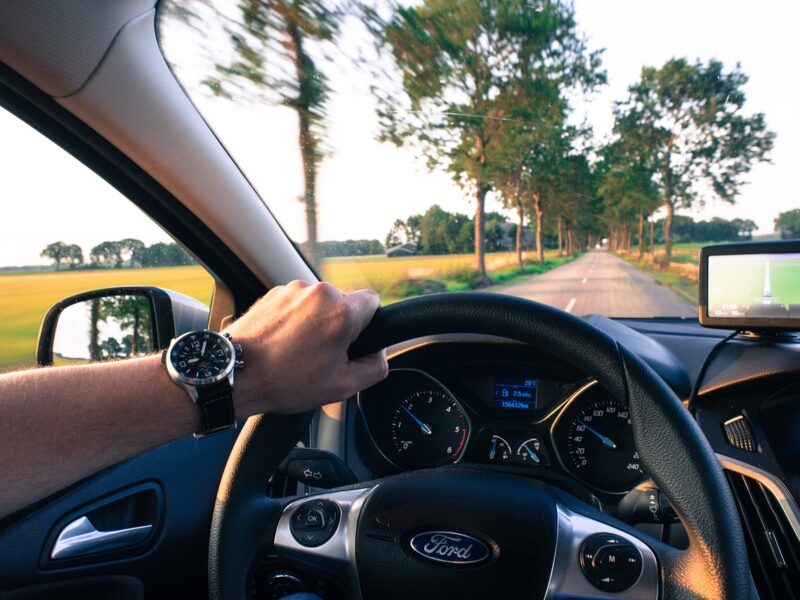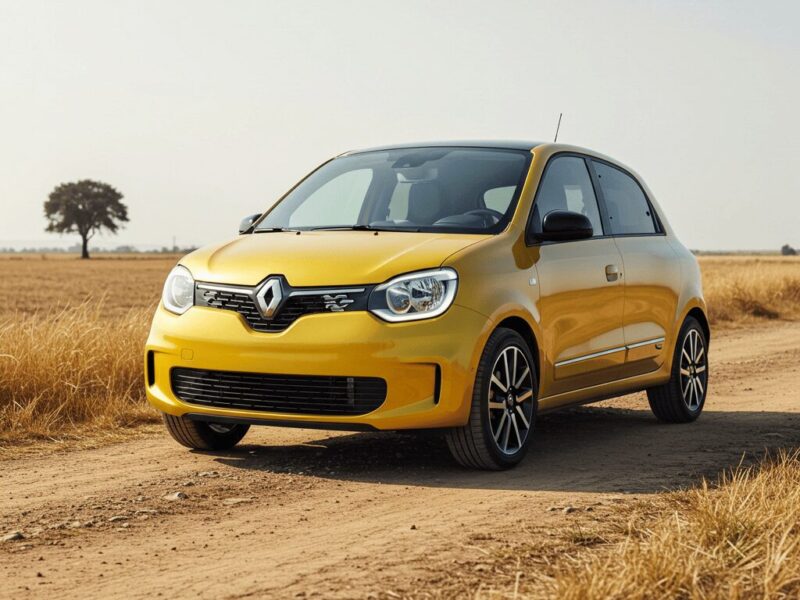130km/h on motorways: What’s in the coalition agreement?
Good news for motorists: the speed limit on Dutch motorways is going up again to 130 km/h! The coalition agreement concluded by PVV, VVD, NCS and BBB on 16 May 2024 states that this speed will again be allowed where it is possible. But does that agreement mean exactly? And when can you actually drive 130 again? In this blog, we discuss all the details.
Why 130 km/h will soon be allowed again, the benefits
Increasing the speed limit is one of the spearheads of the coalition agreement. They feel that the current speed limit of 100 km/h is too low and that increasing it to 130 km/h will bring several benefits.
- Shorter journey times: Of course travel times get shorter when you are allowed to drive faster.
- Fewer traffic jams: As there is less slow-moving traffic, congestion decreases.
- Economic benefits: Shorter travel times and less congestion improve accessibility, which is good for the economy.
When can you drive 130 again?
It will be a while before you can actually drive 130 on the motorway again. The coalition agreement is just the beginning of the new government. For instance, the increase in the speed limit still has to be approved by the Lower House, the Upper House, you know. So it is going to take a few more months.
Where will you be allowed to drive 130 soon?
The 130 km/h speed limit will apply ‘where it can’, if the agreement is to be believed. But where is this? We make a prediction:
Motorways in the Randstad: On these motorways, the speed limit is likely to remain 100 km/h. This applies to the ring roads of Amsterdam, Rotterdam, The Hague and Utrecht, as well as the A1, A2, A4, A5, A9 and A12.
Motorways with a rush-hour lane: We do not expect permitted speeds of 130 km/h on these motorways either.
What are the disadvantages of 130 km/h?
- Reduced road safety
Driving faster increases the risk of accidents. Veilig Verkeer Nederland (VVN) is vehemently against raising the speed limit. They argue, for instance, that higher speeds lead to a greater impact in an accident, with a greater chance of serious injury. The difference between the minimum speed of 60 km/h and the new speed limit of 130 km/h is also too big, which can create dangerous situations.
- More air pollution
Cars emit more CO₂ and nitrogen oxides at higher speeds. However, fewer traffic jams are expected, which in turn is better for the environment.
- More noise pollution
Higher speeds lead to more noise pollution for highway residents.
- Infrastructure
Quite a few adjustments are needed to make motorways safely passable for 130 km/h, think:
- New signs: thousands of highway signs to be replaced
- Overtaking lanes: some lanes will need to be extended to allow safe merging.
- Road markings: road markings should become clearer to encourage compliance with the new speed limit.












